
Camera trapping
Camera traps automatically capture images or videos of wildlife with as little human disturbance as possible. Specifically, they are useful to collect field data on the abundance, distribution, behaviour and temporal activity of medium-to-large mammals. For LifeWatch, we have built a dynamic camera trap network and we support the management of the vast amount of data that camera traps produce.
Camera trapping
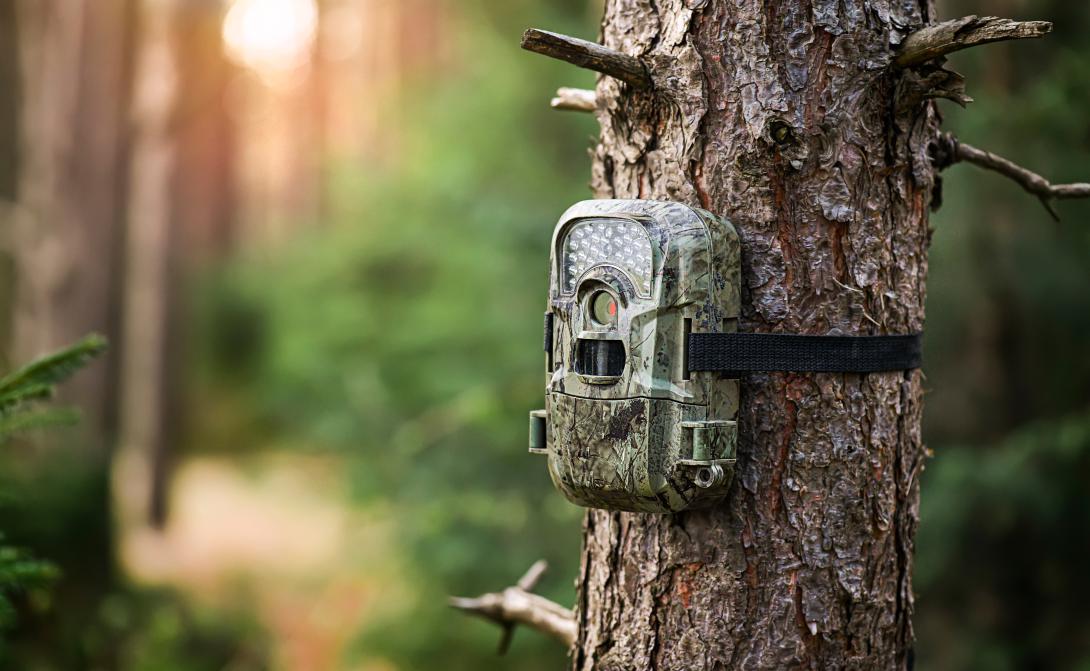
Assessing the size and trends of animal populations is a long-standing challenge in wildlife ecology which requires sufficient and reliable data. However, the collection of data in the field can be daunting and time-consuming. Recent technological advances in hardware have led to the adoption of automated camera traps as research instruments. Camera traps, equipped with infrared motion-triggered sensors, can provide a reliable and cost-effective tool for the collection of long-term monitoring data. Besides the fact that these cameras are a time-efficient tool for data collection, it is also a non-invasive technique causing low levels of disturbance as no animals need to be captured or killed.
Camera traps are deployed at a location for a specific duration and generate large quantities of images that may or may not include the species of interest.
Information that can typically be derived from camera trap images include animal species, number of individuals, their sex, age class and behaviour, and, in case the animals are individually tagged, their name or tag code. Images are often captured in a burst, which allows us to better understand their behaviour or to measure their walking speed.
Most wildlife researchers are mainly interested in a selected group of animal species. Whereas carnivore specialists meticulously filter out those pictures containing carnivorous species, bird experts could find a valuable source of information in the discarded pictures containing birds. In order to fully understand causes and pathways of ecological challenges such as a reduced biodiversity and changing species compositions due to climate change and the introduction of invasive alien species, it is of utmost importance that conservation scientists collaborate and share as much information as possible with the scientific community.
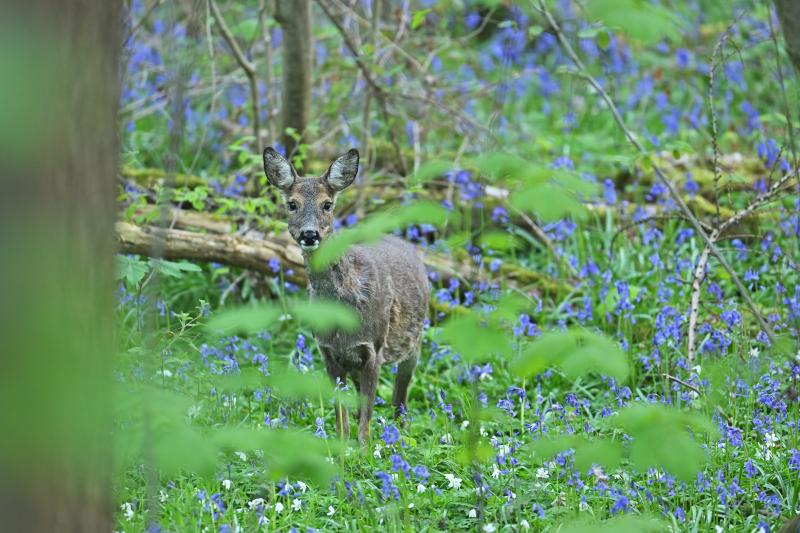
Organisms of interest
Camera traps are especially useful to monitor the presence, abundance and behaviour of medium-to-large mammals, but smaller-sized mammals and other taxa (such as birds) are frequently recorded as well. Camera trap studies are often designed for 1 or a limited group of focal species, but bycatch data on non-target species, species traits or background environmental conditions (such as phenological data based on the vegetation) are making camera trap datasets extremely useful for other research disciplines.
Within the LifeWatch network, camera traps are mainly deployed in forested regions to monitor the presence and abundance of wild boar and ungulate species. Nevertheless, our approach has led to interesting ‘bycatch’ species, such as the rediscovery of the European pine marten at one of our study sites.
Infrastructure

The camera trap network was started in 2017 with the installation of a large set of high-quality camera traps (Reconyx Hyperfire). All cameras are protected using anti-theft cases and python locks. Images are recorded on SD-cards which get manually replaced after a predetermined time. We then upload our images and videos to Agouti where images are classified in sequences and get annotated, either manually or using AI. In order to enable the publication of FAIR (findable, accessible, interoperable and reproducible) camera trap data, the data exchange format camtrap DP was developed with and by the international community of camera trappers.
Data & Services
Related stories
Relevant news
-
A Taxon-Match tool for AlgaeBase, based on the WoRMS Taxon Match 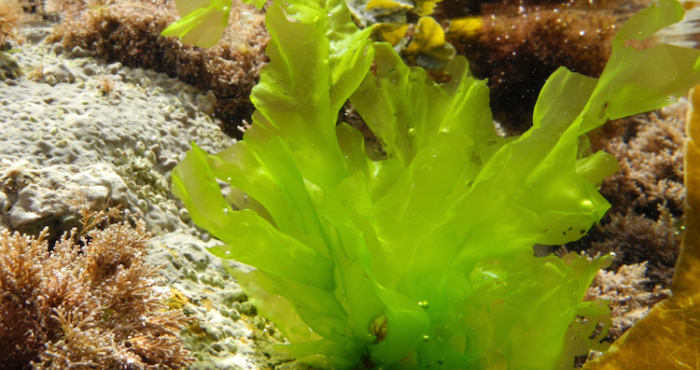
A Taxon-Match tool for AlgaeBase, based on the WoRMS Taxon Match
A taxon-match tool built on AlgaeBase is now available through the LifeWatch eLab, with the same functionalities as the WoRMS taxon-match tool. -
Tracking sharks in the North Sea for better protection and management 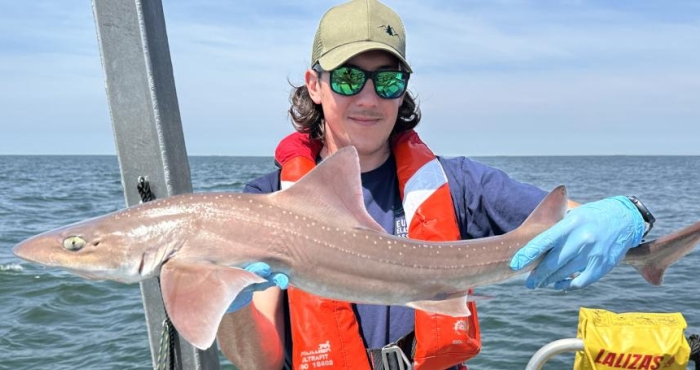
Tracking sharks in the North Sea for better protection and management
With support from LifeWatch Belgium and the European Tracking Network (ETN), researchers are tagging sharks in the Belgian part of the North Sea to uncover their movements and preferred habitats. Scientists from the Flanders Marine Institute (VLIZ) and the Research Institute for Agriculture, Fisheries and Food (ILVO) lead this work, using LifeWatch infrastructure to collect vital data that will help guide targeted protection and management. -
Fish Don’t Know Borders: Tracking Aquatic Life Across Europe 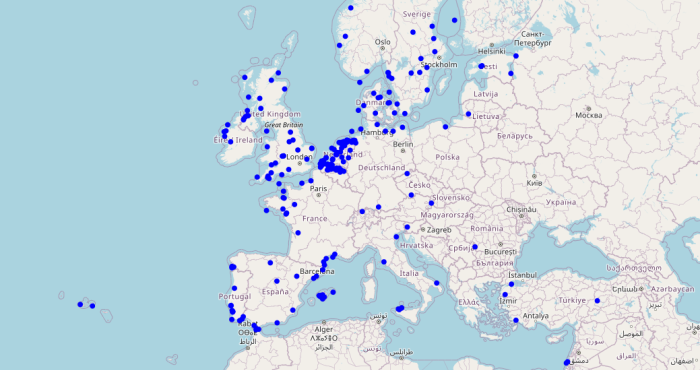
Fish Don’t Know Borders: Tracking Aquatic Life Across Europe
Through the European Tracking Network (ETN), LifeWatch Belgium connects researchers who track fish and other aquatic species across borders. Using a shared network of acoustic receivers, scientists follow animal movements from rivers to seas, revealing how aquatic life links ecosystems throughout Europe. -
From Europe to the Atlantic: new insights into eel migration 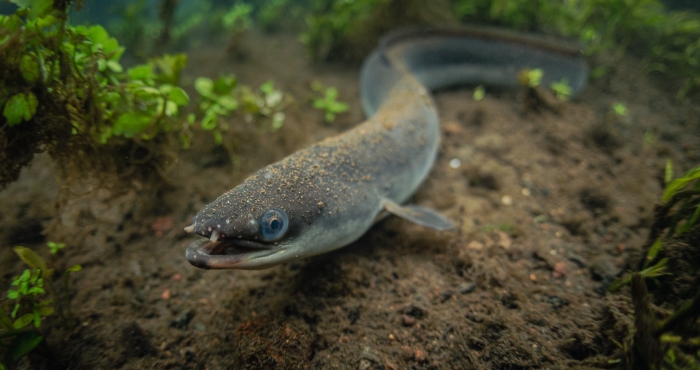
From Europe to the Atlantic: new insights into eel migration
European eels are legendary travelers, undertaking journeys of up to 9,000 km to spawn inthe Atlantic Ocean. A groundbreaking study led by LifeWatch researchers has broughttogether tracking data from more than 2,300 eels across 9 countries, revealing howgeography and river barriers shape the timing of this epic migration.
